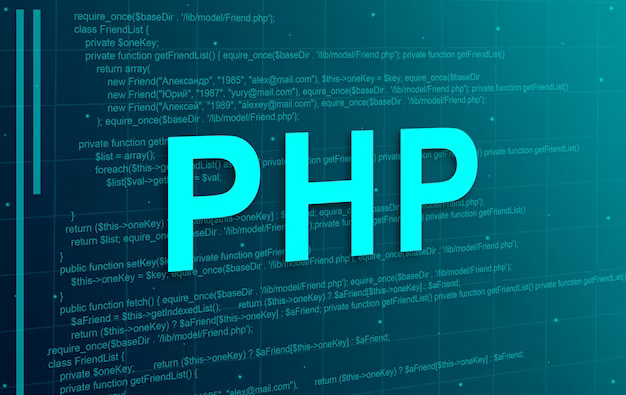In the realm of programming, constants are an invaluable tool, serving as pillars of unchanging, unmodifiable information stored in a computer’s memory. Once assigned, these pieces of data remain steadfast, unwavering, and immune to modifications. They are the bedrock of stability in the mutable and dynamic world of coding.
Unveiling Class Constants in PHP
In the realm of PHP programming, class constants are declared through the usage of the const keyword. The placement of this declaration is not arbitrary. Instead, it must be meticulously positioned within the boundary of the class definition. Here’s an interesting fact: unlike variables, there’s no utilization of the $ (dollar sign) when declaring constants.
To illustrate this concept, consider the following:
class Welcome {
const GREET = 'Hello World';
}In the code snippet above, GREET is a class constant declared using the const keyword within the Welcome class.
As a general rule of thumb, constants are typically named in uppercase letters. If the name comprises multiple words, they should be separated by underscore (_) characters. For instance, CONSTANT or MY_CONSTANT are accepted naming conventions.
However, it is important to note that unlike other members of a class, constants do not have a visibility modifier. In other words, they cannot be explicitly designated as public, protected, or private. They are inherently public and can be accessed from any context.
Interacting with PHP Class Constants
In PHP, class constants are not just dormant data holders within your script but are dynamic entities ready to be accessed when necessary. When the time comes to utilize these constants, PHP offers two main methods, one for internal class usage and another for external access.
Inside the Class: The ‘self’ Keyword and Scope Resolution Operator
Inside a class, you can call upon a constant using the self keyword coupled with the Scope Resolution Operator (::). This combination allows you to gain access to class constants within the various methods of the class.
Here’s an example of how you might go about it:
public function greet() {
echo self::GREET;
}In this case, GREET is the constant, and self is a pseudo-variable representing the same class where the new method has been defined.
Outsides the Class: Class Name and Constant Name
Accessing class constants from the outside is just as straightforward, requiring only the class name and the constant’s name.
Here’s an example:
echo Welcome::GREET;To illustrate these two methods, consider the following PHP script:
class Welcome {
const GREET = 'Hello World';
public function greet() {
echo self::GREET;
}
}
$welcome = new Welcome();
$welcome -> greet();
echo "<br>";
echo Welcome::GREET;In this script, a Welcome class is defined with the constant GREET. A method named greet is then declared, which, when invoked, echoes the GREET constant. An instance of the Welcome class is created, and the greet method is called. After this, the GREET constant is directly accessed from outside the class.
Conclusion
In the world of PHP programming, class constants are among the most resourceful tools to craft efficient and maintainable codes. They ensure data consistency, improve code readability, and make code modifications easier. Through a keen understanding and skilful application of class constants, PHP developers can build more reliable, robust, and high-performing applications. Undeniably, PHP class constants are the immutable anchors in the ever-changing sea of variables.
